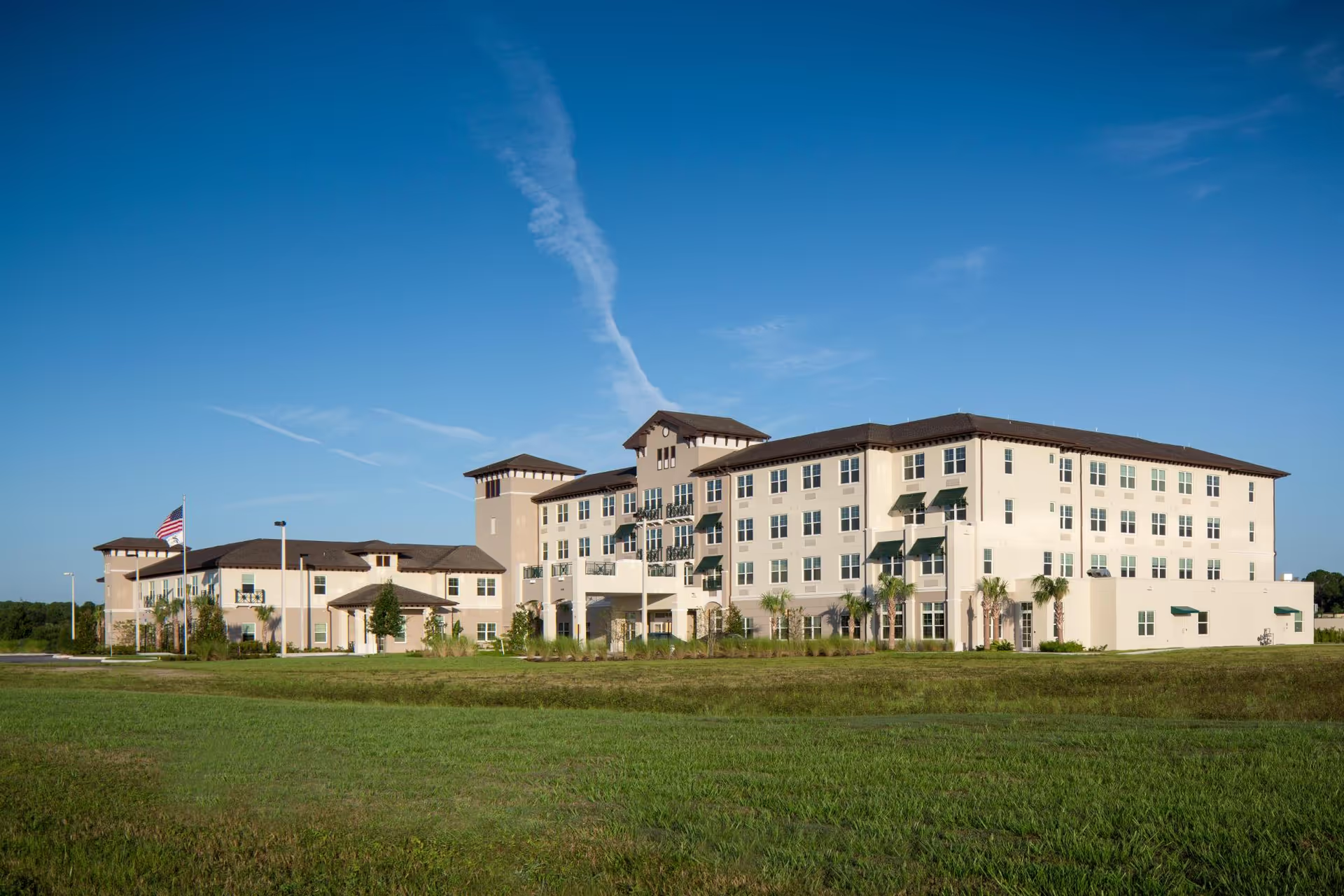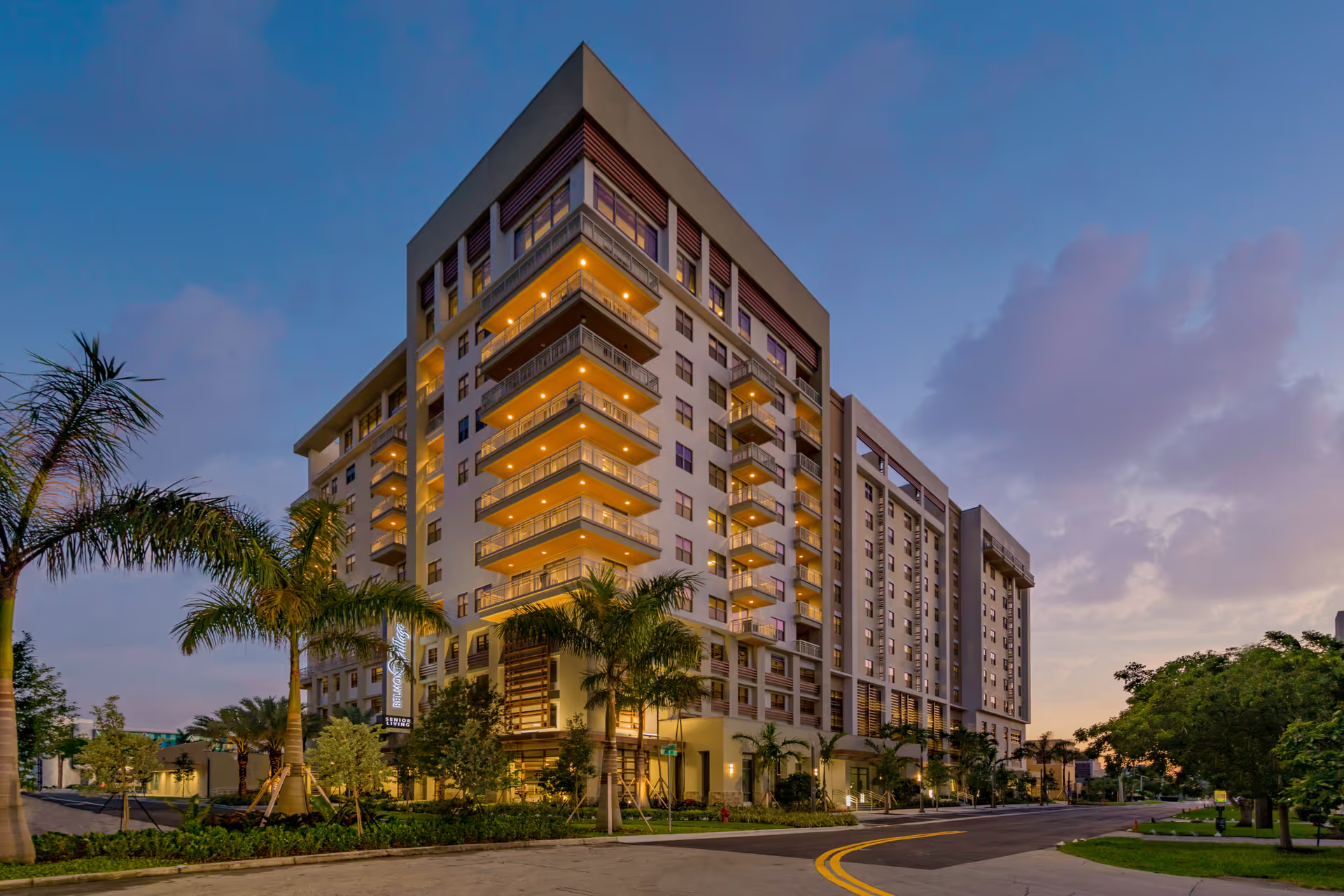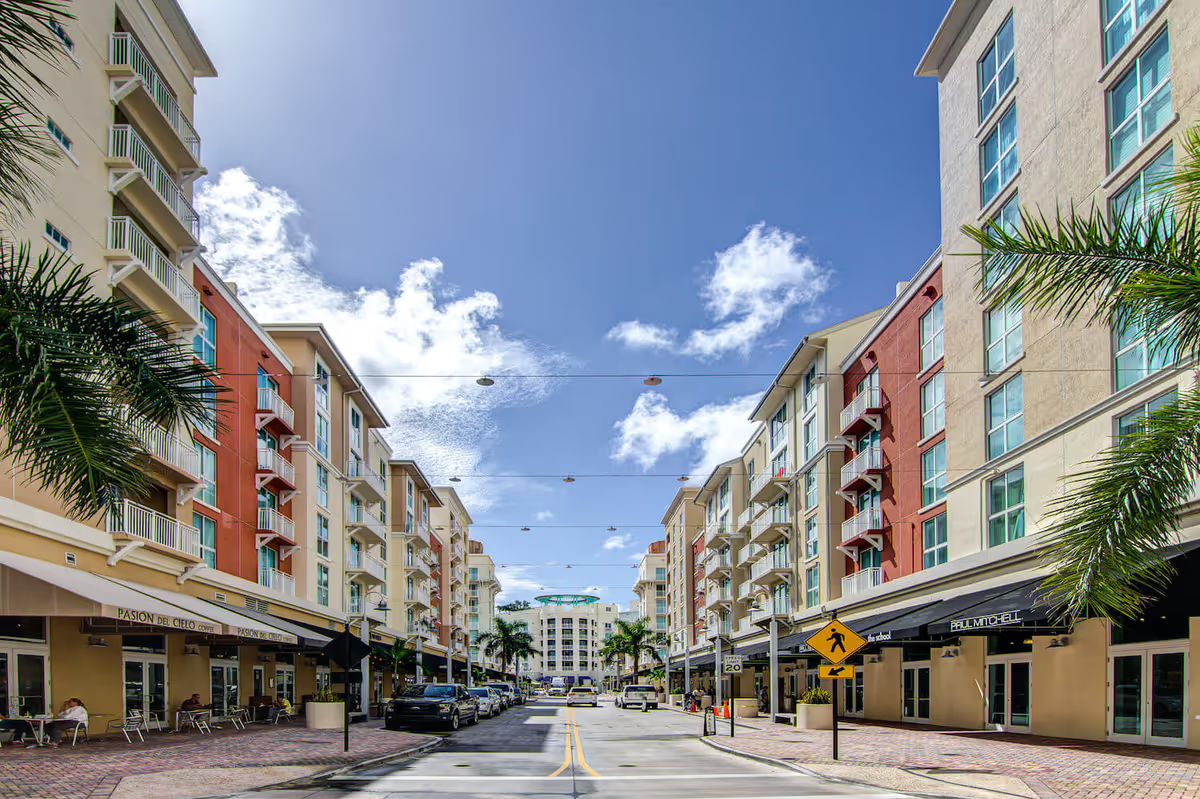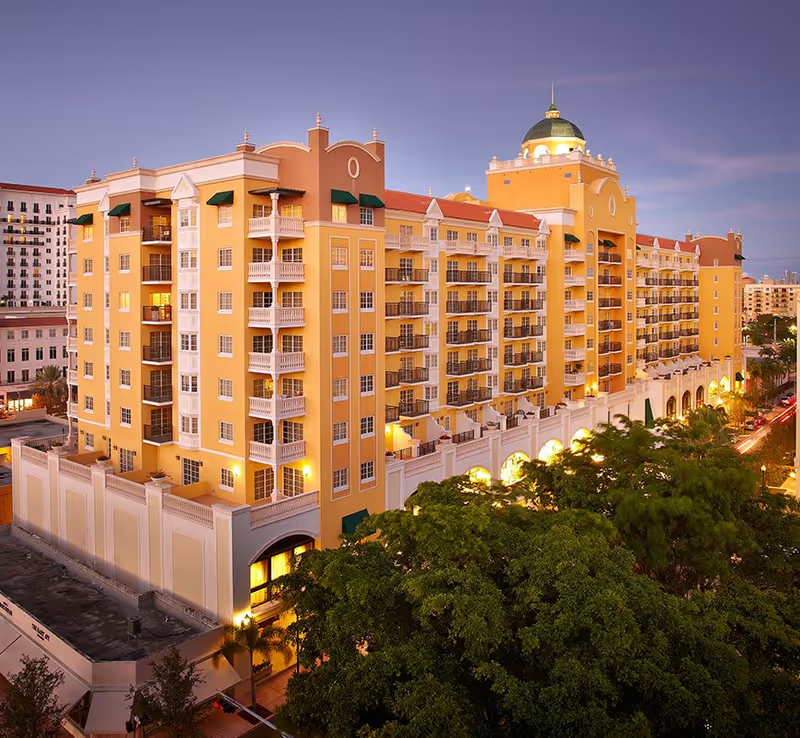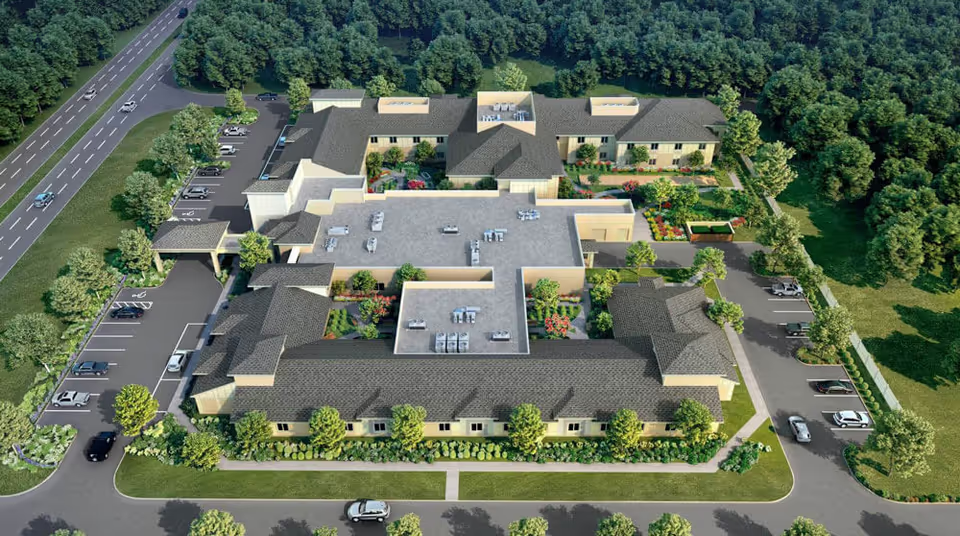Overall sentiment: Reviews of American House Fort Myers are mixed but lean positive for facility quality and amenities, with recurrent praise for the building, common areas, and staff friendliness. Many reviewers emphasize that the community is new, modern, and resort-like — often describing it as glamorous, country-club or cruise-ship in style — with well-maintained landscaping, fountains, bright airy spaces, and an extensive slate of indoor and outdoor amenities. Pools, theaters, gyms, craft rooms, putting greens, bocce, shuffleboard, libraries, coffee bars and multiple dining venues are repeatedly cited as strong selling points. Several reviewers describe the environment as immaculately clean, colorful, odor-free, and cheerful.
Care and staffing: Staff receive consistently strong marks for friendliness, helpfulness, professionalism, and knowledge. Multiple reviewers highlight a smooth intake experience and an especially supportive intake coordinator. The reported caregiver-to-resident ratio (7:1) is noted as favorable by at least one reviewer and there are numerous mentions of staff who are thorough, caring, and proactive. On the clinical side, the presence of on-site therapy (PT/OT), rehab, and visiting or on-site clinicians (nurse practitioner, psychologist, podiatrist, and physician visits) is a major positive for residents needing medical or rehabilitative support. That said, there are important caveats: several reviewers report staff turnover and a revolving door of personnel, including administrative changes, and a few specific but serious complaints about medication administration errors and poor medication ordering. These reports introduce concerns about consistency of care and clinical oversight for some families.
Facilities versus individualized care: A common theme is that the property and amenities are a highlight — many reviewers feel the community looks and feels upscale. However, a subset of reviewers express concern that the emphasis on impressive facilities can sometimes overshadow individualized resident care. Examples include reports of restrictive mealtimes, perceptions that some staff focus more on maintaining the appearance and amenities than on one-on-one resident needs, and isolated reports of housekeeping being less engaged. These critical viewpoints are not universal but are significant because they contrast with the otherwise positive commentary about the facility’s presentation.
Memory care and social programming: Memory-support features are specifically mentioned — secure gardens/courtyards with 24/7 access for memory care, snack areas, activity rooms, and a generally homelike memory care environment. Activity programming is frequently highlighted as a strength: daily activities, cognitive and memory activities, exercise classes, arts and crafts, entertainment, and even festivals and jazz events. Reviewers also note flexibility: residents can be as socially active or as quiet as they prefer. During COVID-related restrictions some amenities and programs (barbershop, gym, certain activities) were temporarily unavailable, and a few reviewers observed limited activities early in reopening phases (e.g., mostly bingo for a time).
Dining and food service: The community’s dining receives mostly positive remarks. An in-house chef, varied menus, monthly meal plans, and pleasant dining rooms are repeatedly praised. Several reviewers describe the food as good or awesome, with extensive menus and condiments available. A few families noted restrictive mealtimes as a downside or felt that they were paying for amenities they did not fully use.
Negative outliers and operational concerns: Although many reviews emphasize cleanliness and excellent staff, there are alarming outlier reports that should not be overlooked: one particularly serious cluster of comments describes filthy rooms and cockroach sightings, medication issues, and poor communication with families. These are not the majority voice, but their severity warrants follow-up during any tour or decision process. Other operational concerns raised more widely include occasional staffing shortages, inconsistent housekeeping engagement, limited administrative presence on the resident floors, and a perception by some that pricing is high for the level of personalized care received.
Practical considerations and fit: Prospective residents and families should weigh the strong amenity set, modern facility, on-site clinical services, varied activities, and generally warm staff against the reported variability in care consistency and pricing. The community seems especially well suited to independent or assisted-living residents who want an active, amenity-rich lifestyle, social programming, and on-site therapy. Families focused on memory-support or with very high medical needs should specifically tour the memory-support areas, ask detailed questions about medication management, staffing patterns and turnover, and seek recent references from families with similar care needs. Also confirm respite policy limits (noted as 30 days by some reviewers) and ask about any temporary closures or changes to amenities and activities due to public health guidelines.
Bottom line: American House Fort Myers scores highly for facility quality, amenities, dining, and many staff interactions, creating an attractive, resort-like option for residents looking for active social life and on-site clinical services. However, there are repeated but less frequent concerns about staff turnover, medication management, inconsistent housekeeping, and cost versus individualized care. These mixed signals suggest the community is worth serious consideration, but families should perform focused due diligence during tours: inspect units for cleanliness, ask about recent staffing stability and medication protocols, review contracts and meal/mealtime policies, and speak with current residents and families — particularly those in memory care — to verify that the level of care matches their loved one’s needs.
